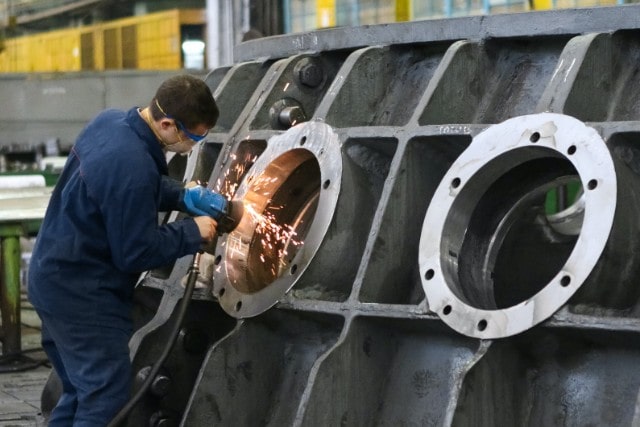Large-scale manufacturing plays an important but hidden role in our everyday lives, as it affords us essential goods at a cheap price. To achieve this, products and components must be designed for manufacturing at scale.

Design for manufacturing, or DFM, is the process of designing products at minimum cost without compromising performance. The product output of DFM should have good utility and function, and there should not be any concession on quality and long-term reliability. The design choices you make contribute significantly to the final cost of the product, with estimates suggesting design choices contribute to 70% of the final product cost. Process, materials, and other factors make up the rest.
When design choices are made with large-scale manufacturing under consideration, the cost of production comes down dramatically. Different products will have different considerations for DFM, but some of the principles will remain the same. In this article, we will go through 11 principles of DFM you need to be aware of.
Design the product to have fewer parts, with fewer molds and fewer fabrication procedures. The chances of errors occurring lessen with fewer parts, and it’s therefore better to err towards using fewer parts and components during the design phase. Of course, this has to be accomplished without compromising performance and functionalities.
Modular design focuses on developing products with interchangeable components. When you design any product, it’s a good idea to incorporate this principle, as modular designs are also easy to assemble and disassemble. Consequently, the maintenance and repair of the product is less costly and much easier.
Design the product with standard components that are easy to source and install. Standard components are in plentiful supply and are relatively inexpensive. In contrast, when you design products with custom components, you’ll also have to invest money in the manufacture of those components. This obviously increases costs and complexity, whereas using standard components can reduce both.
When the same part can perform different functions, you can use the same part for different purposes in the assembled product. Although the number of components requiring manufacture increases, the cost for each component comes down due to the economies of scale. This, in turn, brings down the cost of the final product.
Multi-use of parts in the assembly of a product means the same part can be used multiple times. The function remains the same each time the part is used, but parts with the same specification will be used multiple times. This again helps to reduce the cost of the final product.

The fabrication process to manufacture the product also has to be an important consideration during the design of the product. You have to consider the resources and expertise available to manufacture the product. The design has to include all constraints to manufacture the product.
Choice of materials should also be conducive to making the manufacturing process easier, but this should not come at the cost of performance. Plastic might be easier to work with compared to metal, but both materials do not offer the same level of performance. You have to make similar choices while selecting the materials to manufacture products. Additionally, keep durability needs in mind when choosing nameplates or other data plates required for your finished products. For applications in which products will be exposed to harsh environmental conditions, Metalphoto® anodized aluminum nameplates offer the durability to withstand exposure to outdoor elements and harsh operating environments while remaining readable throughout the lifespan of your product.
The environment in which the products are created and assembled also has to be incorporated into the design of the product. The design must be easily manufactured and assembled in the available workshop or factory floor. Such a design will improve process efficiency and reduce costs.
Maximizing the use of machines and automated processes in manufacturing can reduce errors and defects that can arise due to human handling. Accurate and precise manufacturing is also possible when there is minimal handling. To accomplish this, you should have extensive knowledge of available automated processes during the design phase.
Products must adhere to the various compliances and regulations of the jurisdictions under which the factory and the product falls. Rules and regulations are in place to protect and empower the various stakeholders in society. As such, compliance with existing regulations has to be enforced from the very beginning of the design phase.
Avoid the trap of not improving your product after the initial design, which is a core tenet of the typical engineering design process. When you see avenues for improvement, you should always go back to the drawing board to incorporate the better process. Continuous improvement should always be a core principle while designing and manufacturing your product.
DFM is critical to bringing down a product’s final cost without compromising on the durability, quality, and performance of the product itself. The principles of DFM may seem simple at first, but the positive impact on improving the manufacturing process is invaluable. The cost savings achieved are always significant, making it critical to consider incorporating the principles of DFM while designing or improving your product.
Our sales engineers are experts in automatic asset tracking, tagging and identification,a nd can answer all your questions. Get in touch now.
Lets Talk ›